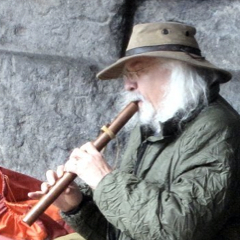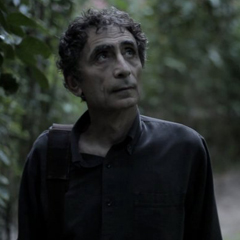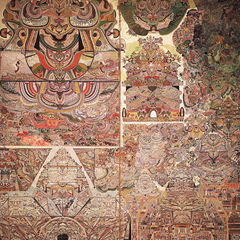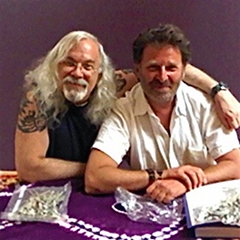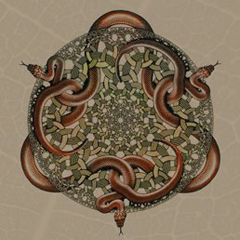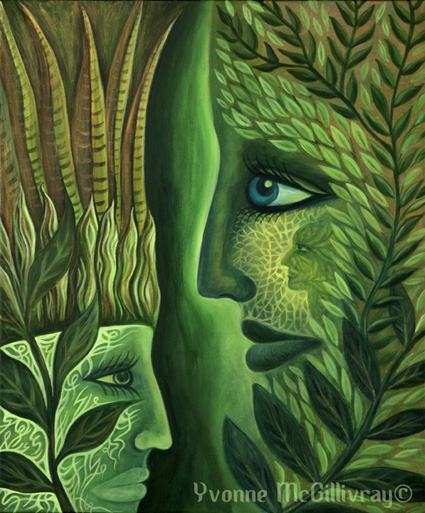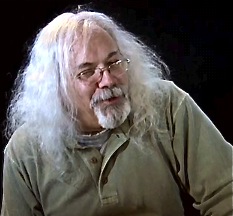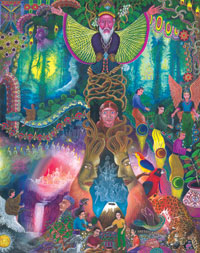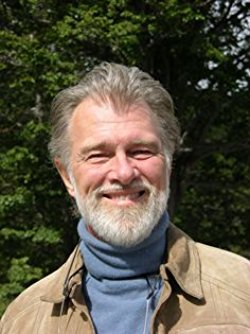Jan Irvin Talks with Steve Beyer
Steve Beyer is a researcher in ethnobotany, ethnomedicine, shamanism, and hallucinogenic plants and fungi. His interests center on the indigenous ceremonial use of the sacred plants — ayahuasca and other psychoactive and healing plants in the Amazon, peyote in ceremonies of the Native American Church, huachuma in Peruvian mesa rituals, and teonanácatl and other mushrooms and plants in Mesoamerican healing ceremonies — and on the legal status, uses, effects, and therapeutic potential of naturally occurring and synthesized hallucinogens, empathogens, and entheogens.He is the author of Singing to the plants: A Guide to Mestizo Shamanism in the Upper Amazon. Jan Irvin is an independent researcher, author, and lecturer. He is the author of several books, including The Holy Mushroom: Evidence of Mushrooms in Judeo-Christianity, and co-author of Astrotheology & Shamanism: Christianity’s Pagan Roots. He is the curator of the official website for John Marco Allegro, the controversial Dead Sea Scrolls scholar, and in 2009 he republished Allegro’s famous 1970 classic, The Sacred Mushroom and the Cross, in a fortieth anniversary edition. Jan is the editor of …

